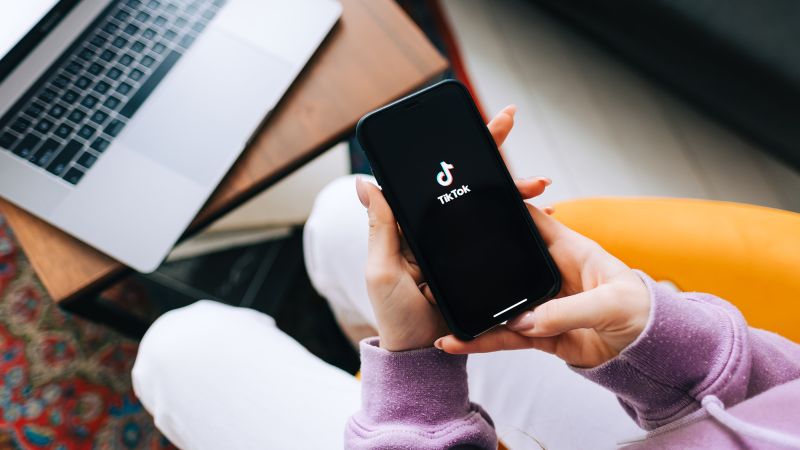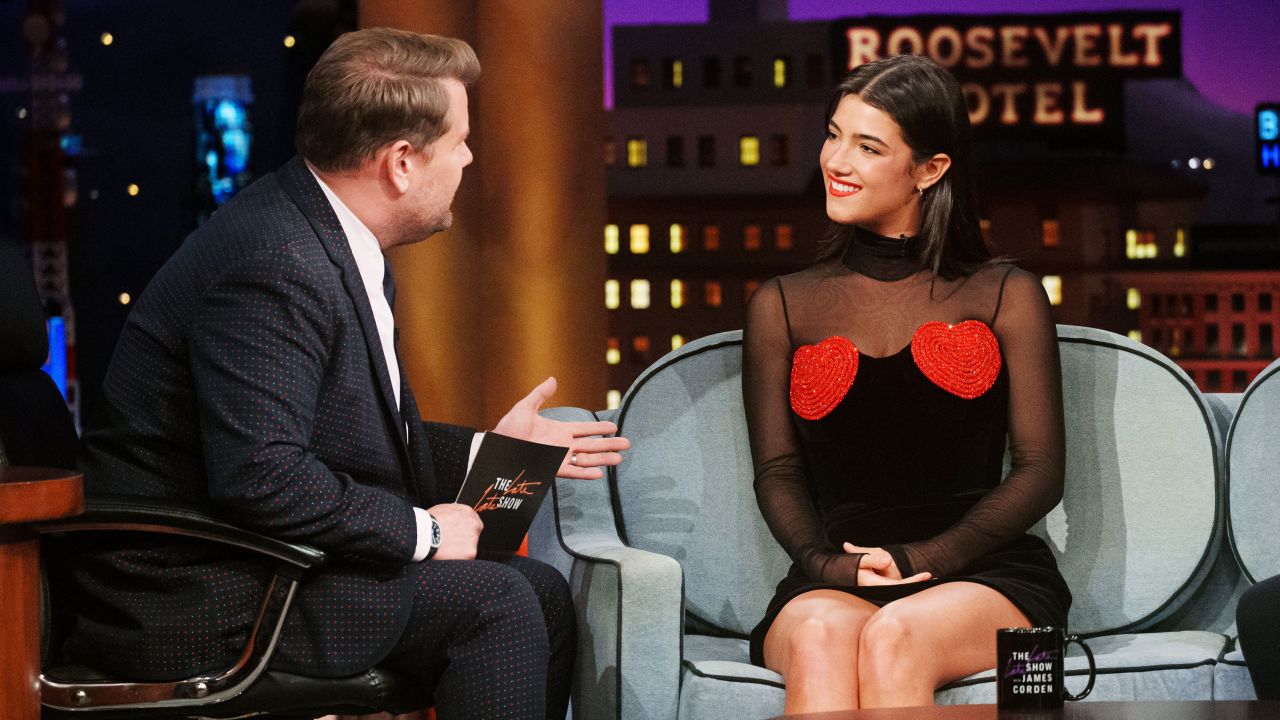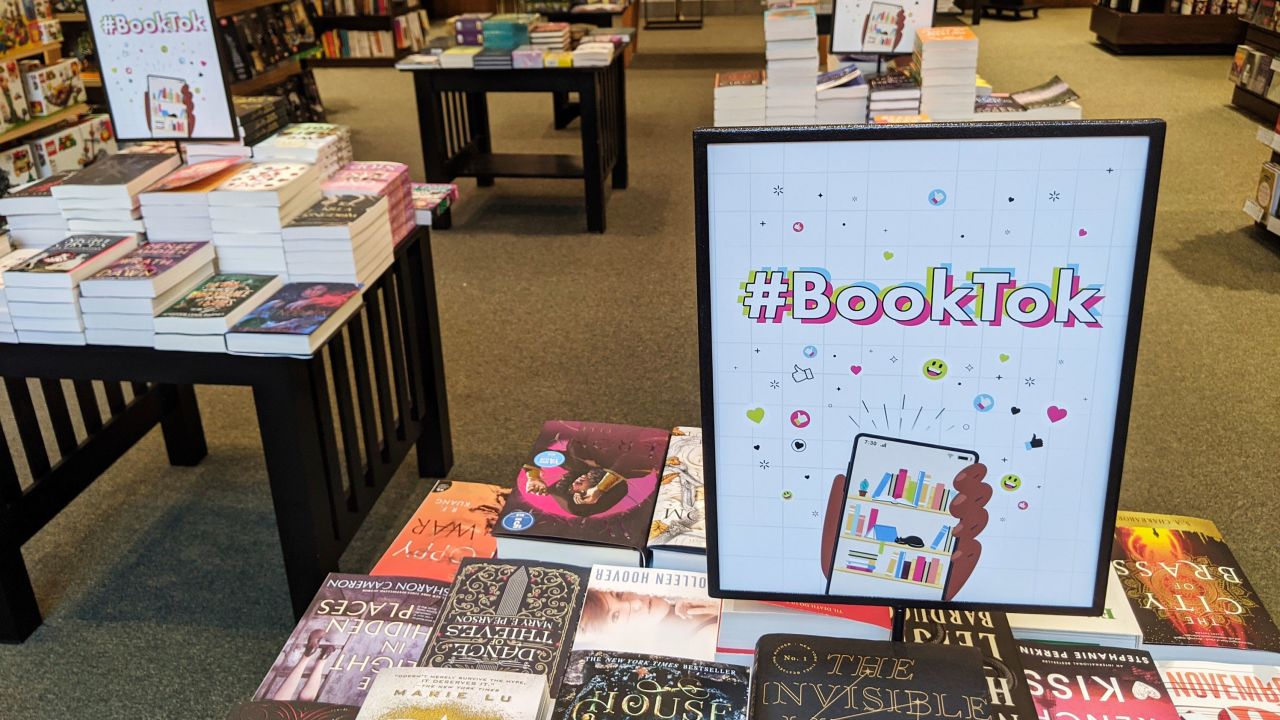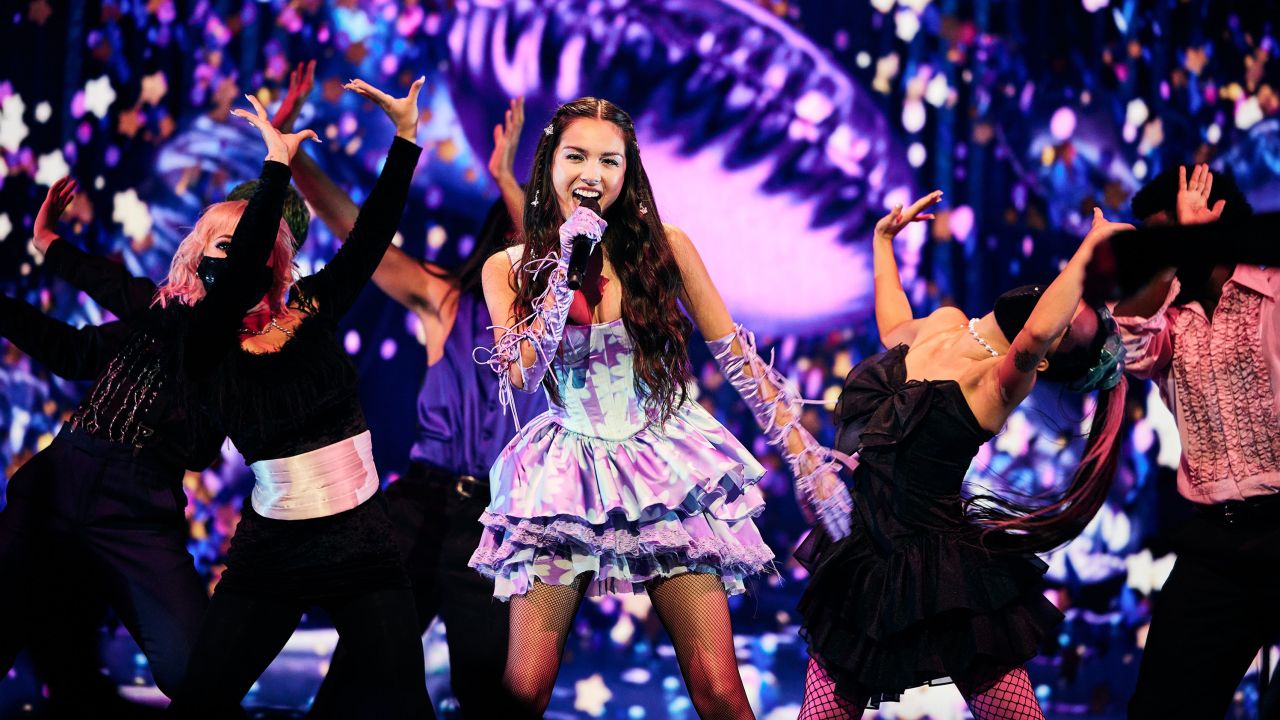
CNN
—
While the future of TikTok in the US hangs in the balance of ongoing congressional hearings, even a complete erasure of the wildly popular video sharing app wouldn’t remove its deep and abiding mark on our culture.
Like social media giants before it, TikTok hasn’t just contributed to the cultural conversation. It’s literally changed how entire industries operate and affected how we live, eat, watch and buy. In fact, even if you’ve never spent a single second on the app, there’s likely something in your life that has been altered by TikTok’s potent influence.
Social media has always been a pipeline to fame for a few lucky people. “Influencer culture,” where people get famous for their expertise in specific interests, far predates TikTok, hitting the mainstream with platforms like Youtube, Instagram and the now-defunct short video platform Vine.
However, because of the way TikTok’s algorithm works, learning users’ interests and preferences in real time as they interact with content, it’s not unusual for videos created by everyday people to suddenly get millions of views as they are pushed into users’ feeds. This has created a new equation for fame, similar to what we saw with TikTok predecessor Vine, where a single viral video can rocket someone into the spotlight overnight.
We’ve seen it happen countless times, with adorable little kids waxing poetic about corn, skaters sipping Ocean Spray or authors whose books have gotten a second chance. Such characters are often called “microcelebrities,” either because they are very famous for a short time, or well-known for something very specific to a very specific group of people. Sometimes, these moments of fame can be prolonged and a creator can build a larger, more stable brand out of nothing but a single, very lucky turn of the algorithm.
On the flip side, since TikTok trends are injected so quickly into the larger culture, it’s not unusual for an already famous person to enjoy a moment of great PR (or have to weather a moment of bad PR) because of some lucky TikTok timing.
In 2022, “House of the Dragon” star Emma D’Arcy stole hearts when a clip of them sensuously suggesting a “Negroni Sbagliato with Prosecco in it” took off on the platform, even spiking demand for the sophisticated cocktail. Cincinnati Bengals quarterback Joe Burrow was the subject of thousands of admiring TikToks during the 2022-2023 football season. “The Mandalorian” and “The Last of Us” star Pedro Pascal, though a prominent actor for many years, has recently seen his star rise even higher, partially thanks to endless TikTok content about him that was even parodied on “Saturday Night Live.”
This machine of fame and fate can be highly unpredictable with who it chooses. A fan’s kind TikTok video about Brendan Fraser snowballed into an outpouring of appreciation for the actor, and the heartwarming arc culminated with a best actor Academy Award win for his role in “The Whale.”

People often dismiss social media content creation as a lark rather than a real job. However, an entire industry has grown up around TikTok’s endlessly churning cogs of fame. Major talent agencies and managers are devoted solely to finding and growing TikTok stars. TikTok-centered marketing agencies help high-dollar clients create strategies around the platform. At one point, it was even common for similar TikTok creators to live together in “influencer “houses completely devoted to making content for the app. In January, the app launched a talent portal to allow managers to more easily broker deals between brands and clients.
In addition to innumerable micro-celebrities, TikTok has also bred full-fledged stars that reportedly rake in five figures in revenue per post, and are worth millions of dollars.
Internet denizens were quick to pick up a trend, capitalize upon it and discard it long before TikTok. However, the size and reach of TikTok, along with the rapid-fire nature of its short-form content and its ever-adjusting algorithm, are contributing to the ephemerality of digital trends.
“Cultural conventions that dictated trend cycles used to follow a linear brand-to-consumer funnel,” digital agency Digital Fairy concludes in a report titled “How TikTok Killed the Trend Cycle.”
“The consumer has shifted the paradigm,” the report says. “They now dictate what’s in style from a never-ending archive of inspiration, as the fashion industry tries to keep up.”
Trends that originate on TikTok, where most videos are no longer than a minute, typically have shorter lifespans than trends that arise on less high-speed, high-volume platforms. These trends, whether an interesting statement top or a must-have accessory, tend to take over the cultural conversation for a few weeks or months, and then move on. Industry experts call these microtrends. TikTok’s contraction of this cycle has also raised concerns among users about fast fashion and overconsumption.

TikTok’s algorithm and fast-paced scrolling experience means users don’t have to go looking for content – it can be handed to them for their own discovery. This has forged communities around extremely specific interests and encouraged their growth. No interest is too small or obscure to coalesce into a community, whether it’s sea shanties or books about sexy blue aliens, jumping spiders or Jewish pop music. While widespread popularity on the platform may be fleeting, it’s not uncommon for these niche interests to create lasting communities and followings.
This cycle can have extremely positive results for awareness and education. These communities can act as important support groups for, say, recovering alcoholics, ex-Evangelicals or people living with rare diseases. Groups that specialize in, for instance, little-known cultural art forms or environmental conservation can reach new audiences, creating a mutually beneficial exchange where awareness is spread, and users get the pleasure of discovering something new.
Wherever people gather online, companies and marketers will eagerly follow. Going viral on TikTok is akin to hitting the marketing jackpot, and numerous industries have embraced this sometimes mercurial source of opportunity.
BookTok – the colloquial for TikTok’s communities of readers – is a good case study of this. It has become a major driving force in book sales, even influencing how major retailers like Barnes & Noble market and display their products.
The effect, in some cases, has been staggering. Colleen Hoover, an author of young adult and adult fiction, has become a huge name thanks to the app. In 2021, Hoover sold nearly 1.9 million copies of her books, according to Publishers Weekly.
In 2022, that number rocketed to 14.3 million – and that’s just physical copies. Even her publisher has attributed parts of Hoover’s success to TikTok, noting in a press release in October that the #ColleenHoover hashtag had over 2.4 billion views on the app at that time. (As of this March, that number had risen to 3.7 billion).
The app continues to impact publishing – dictating what books publishers buy and who gets offered lucrative deals. This, then, can actually have negative ramifications. If publishers are only interested in what will go viral, books that may not immediately command a huge audience – like novels featuring people from marginalized backgrounds – may not stand a chance.
Helen Hoang, a best-selling romance novelist, lamented the role virality now plays in the industry in an interview with CNN earlier this year.
“Look at what’s going viral on TikTok,” she said. “It’s not African American love stories.”

TikTok began, and is still largely defined as, a music and dancing app. Unsurprisingly, perhaps no industry has been as affected by its power and ubiquity as the music industry. Where artists used to hope for a record company to notice their music, they now pray instead for their tracks to go viral on on the app. Sometimes, this music is simply featured in a TikTok trend, and creates such a powerful earworm that people go searching for the track and bump it up the charts. (Spotify and other music platforms maintain many lists containing the latest and most popular music to bubble up on the app.)
Olivia Rodrigo’s hit song “drivers license” is a perfect example of how far this phenomenon can go. The song first garnered traction on the app back in 2021, when a video of someone parodying Rodrigo’s music video went viral. Soon, thousands of people were posting their own versions of the video.
The rest of the equation is actually quite simple: TikTok boosts a song’s popularity, which then influences the charts, which then influences money.
After Rodrigo’s song went viral on the app, it was inescapable – going so far as to get parodied in a skit on “Saturday Night Live.” The song exploded, setting Spotify’s record for most streams in a single day for a non-holiday song and becoming the most streamed song for all of 2021, with over 1.1 billion streams. The track also spent eight weeks at the top of the Billboard Hot 100 chart.

Other artists have had similar rises. Lil Nas X is now a well-known star, but “Old Town Road” first began bubbling up on TikTok, thanks to a trend on the app where the user would suddenly turn into a cowboy when the beat dropped.
“Breaking a new artist used to be a mercenary campaign of co-signs and guest spots,” wrote Vulture music critic Craig Jenkins in 2021. “Today, a single clever fan can set the ball in motion.”
The way music gets popular on TikTok doesn’t just affect marketing, it affects the very art musicians create. In 2020, Drake released the song “Toosie Slide” with a readymade dance, essentially guaranteeing the track’s success on TikTok.
While virality can be a shortcut for artists trying to break into the mainstream – or established artists to stay relevant – its larger influence is certainly a topic of debate. Some critics say the quality of pop music is being affected by a so-called “TikTok music formula” in which only a few seconds of a song needs to be catchy or interesting for it to become a hit.
Vulture’s Jenkins argues that the app may be flattening the artform since, he says, the music “doesn’t need to be any good, only expressive.”
Regardless, it speaks to the sheer power of TikTok that it has the ability to not only influence, but completely reorient, longstanding billion-dollar industries.